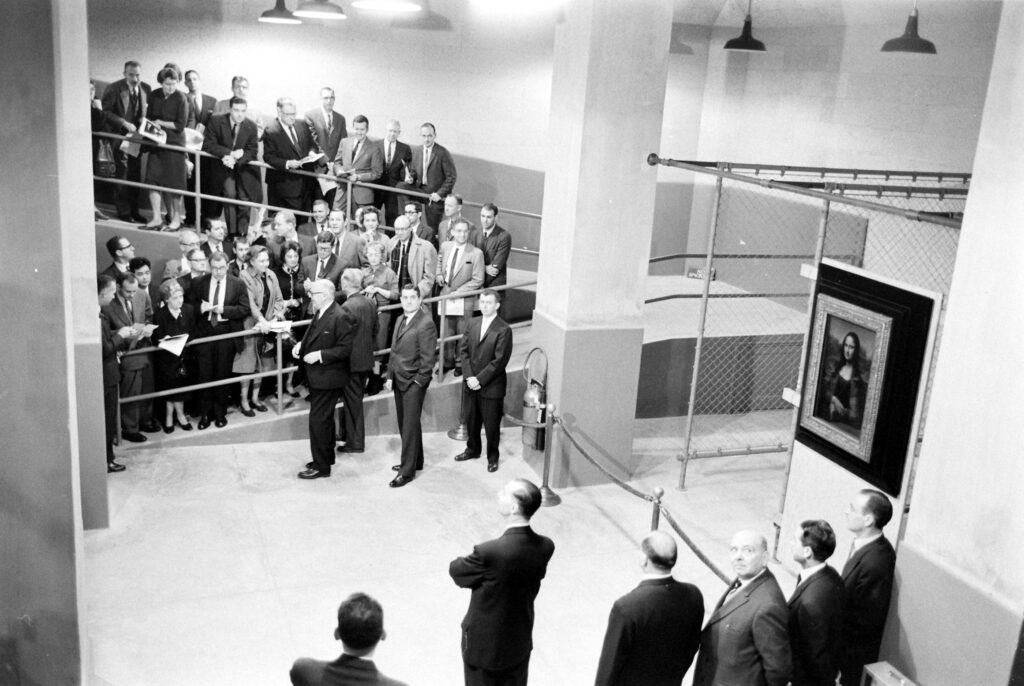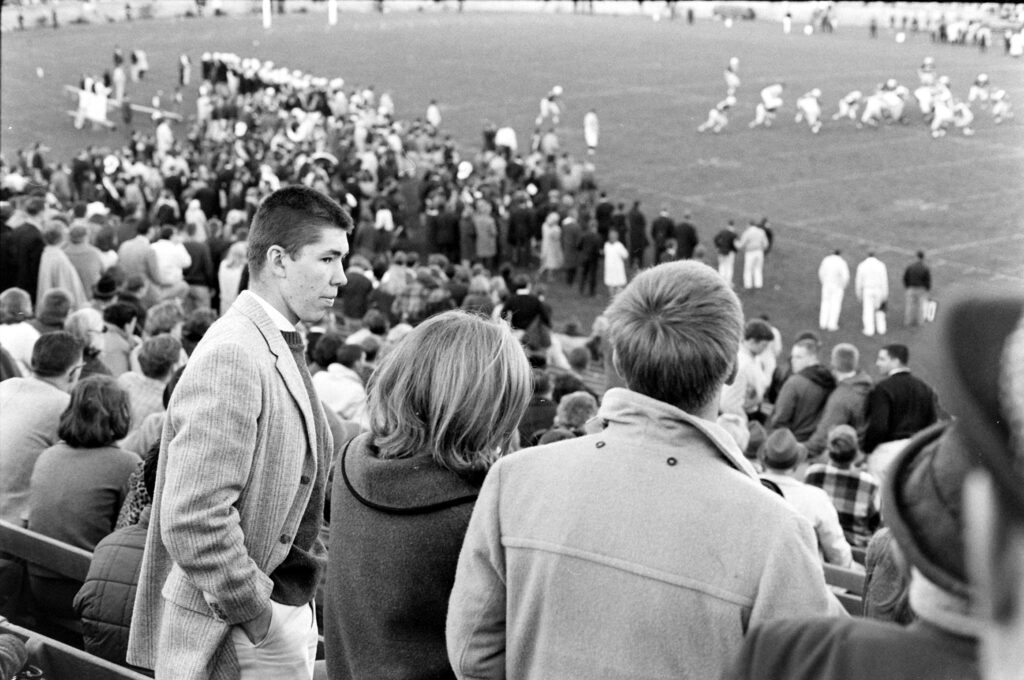In 1970, a 21-year old Prince Charles came to the United States in the company of sister Anne, wearing not only the crown of British royalty but also the title of the most eligible bachelor in the world.
This was Charles’s first trip ever to the United States, and when he came to Washington DC, he and the president’s daughter, Tricia Nixon, ended up spending plenty of time together. The two saw the sights of Washington, attended a formal dinner and even went to a baseball game at RFK Stadium (For the curious: they saw the Senators top the Brewers 4-3).
In a 2021 interview Charles reflected on that trip to DC and the social arrangements that had been made. “That was quite amusing, I must say,” he told CNN. “That was the time when they were trying to marry me off to Tricia Nixon.”
LIFE magazine’s coverage of the visit in its July 31, 1970 issue made no mention of any prospective union between Charles and Tricia. But it did talk about how President Nixon seemed unusually excited about the royals. Columnist Hugh Sidey offered the theory that Nixon was so infatuated with them because the President lacked what Charles and Anne had in abundance. “He has hired more bands and had more ceremonies and designed more funny police uniforms and worn more white ties than any recent President in his intense but vain search for the magic which the prince and his sister carried along so casually,” Sidey wrote.
The weekend visit was capped by the formal evening event. “The young folks laughed and danced,” Sidey wrote. “Those who saw Richard Nixon say he never looked happier.”
But if Nixon entertained dreams of an old-world marriage of state, the kids had other ideas. Less than a year after Charles’ visit, Tricia married Edward F. Cox in a ceremony on the White House lawn. Cox was no royal, only a Harvard Law student, but their relationship earned Tricia Nixon two appearances on the cover of LIFE: one after it was clear the couple was serious, and another for the White House wedding. Their union was a lasting one: Tricia and Edward Cox remain married today.
Charles, meanwhile, had a good decade of bachelorhood in front of him before marrying Lady Diana Spencer on July 29, 1981. He and Diana would divorce after 15 years of marriage.

Prince Charles and Tricia Nixon, Washington D.C. 1970.
Stan Wayman/LIFE Picture Collection/Shutterstock

Prince Charles escorted Tricia Nixon, daughter of President Nixon, to a formal White House dinner, Washington DC, July 1970.
Stan Wayman/LIFE Picture Collection/Shutterstock

Prince Charles, President Nixon, Princess Anne and First Lady Pat Nixon at the White House, Washington D.C., 1970.
Stan Wayman/LIFE Picture Collection/Shutterstock

President Nixon with Princess Anne, Washington D.C., 1970.
Stan Wayman/LIFE Picture Collection/Shutterstock

Prince Charles and Tricia Nixon, Washington DC, 1970.
Stan Wayman/LIFE Picture Collection/Shutterstock

Tricia Nixon (far left) seated next to Prince Charles, David Eisenhower, Princess Anne, and Julie Nixon Eisenhower, at a Washington Senators baseball game at RFK Stadium in Washington DC, 1970.
Stan Wayman/LIFE Picture Collection/Shutterstock

Tricia Nixon, Prince Charles, David Eisenhower, Princess Anne, and Julie Nixon Eisenhower took in a Washington Senators baseball game in 1970 during a royal visit.
Stan Wayman/LIFE Picture Collection/Shutterstock

Tricia Nixon and Prince Charles at a baseball game at RFK Stadium, July 19, 1970.
Stan Wayman/LIFE Picture Collection/Shutterstock















































































